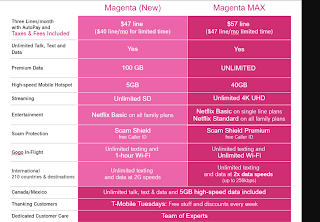Ericsson launched three new radios in its Massive MIMO portfolio and expanded its RAN Compute portfolio with six RAN Compute products to accelerate 5G mid-band rollouts.
Ericsson’s new line of ultra-lightweight, mid-band Massive MIMO 5G radios from its Antenna-Integrated Radio (AIR) portfolio, is designed to ease mid-band deployment for service providers. This enables a full-fledged 5G user experience for subscribers, while reducing site footprint and increasing capacity by more than three times.
The new radios weigh only 20kg, which is up to 45 percent lighter than the previous generation, and 20 percent more energy efficient. The new radios can be deployed from urban high-rise buildings to suburban and rural capacity areas for use cases, such as Fixed Wireless Access, automotive, transport and logistics.
Ericsson has also advanced its RAN Compute portfolio with six new products. These include both indoor and outdoor options for 4G expansions and mid-band 5G rollouts, with up to 50 percent higher throughput and 15 to 20 percent lower energy consumption.
The latest additions to Ericsson’s Massive MIMO and RAN Compute portfolios are powered by the company's own silicon. Additional security has been embedded into the tight co-design of the silicon and the architecture of the launched hardware, ensuring the software and sensitive data are protected.
Per Narvinger, Head of Product Area Networks, at Ericsson, says: “After the first rollouts of 5G networks, now is the time to scale up 5G by leveraging Massive MIMO to a much larger extent. With our new portfolio, communications service providers can speed up their mid-band deployments efficiently with superior performance for their users, while reducing energy consumption.”


















